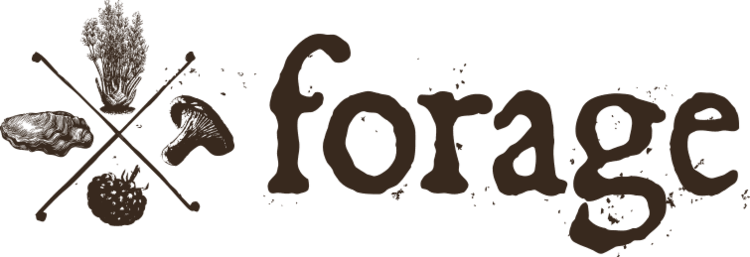West Coast Foraging: Discovering Coastal and Forest Edibles
The West Coast is a forager’s dream, offering everything from coastal seaweeds to forest mushrooms and desert plants. With landscapes stretching from the rugged shores of Oregon to the dry deserts of Southern California, the region’s diverse ecosystems provide a wealth of foraging opportunities throughout the year.
A Mix of Coastal and Forest Landscapes
The West Coast is a patchwork of environments, each with its own unique offerings. Whether you’re wandering through the misty forests of the Pacific Northwest, hiking along the sun-soaked beaches of California, or exploring the arid deserts of the Southwest, there’s always something to forage. Coastal areas are rich with seaweeds like kelp and dulse, while inland forests are home to wild mushrooms and berries. The diversity of habitats makes foraging on the West Coast a constantly evolving experience.
Coastal Foraging: Seaweeds and Herbs
Along the rocky shorelines, you’ll find edible seaweeds such as kelp, dulse, and sea lettuce. These nutrient-rich plants can be used in soups, broths, or as a flavorful snack. Sea asparagus, a salty coastal herb, is another delicious find, perfect for salads or paired with seafood dishes. These coastal treats bring a fresh, briny flavor that captures the essence of the ocean.
Mushrooms: A Forager’s Treasure
The forests of the West Coast, particularly in the Pacific Northwest, are known for their incredible variety of wild mushrooms. From golden chanterelles to earthy morels, mushroom foragers are in for a treat. King boletes, also known as porcini, are a fall favorite and can be found under the towering pines and oaks. These mushrooms offer bold flavors and can be used in anything from risottos to stews.
Berries and Edible Greens
Moving inland, the forests and meadows are filled with wild berries like huckleberries, blackberries, and salmonberries. These juicy gems are a summer delight and can be enjoyed fresh or turned into pies and preserves. Foragers can also find edible greens such as miner’s lettuce, a mild leafy green perfect for salads, and sweet cicely, which adds a slight anise flavor to both sweet and savory dishes.
Desert Foraging: A Taste of the Arid West
In the deserts of Southern California, foragers encounter plants uniquely adapted to harsh conditions. Prickly pear cactus offers both edible fruits and pads (nopales), which are commonly used in Mexican cuisine. Agave is another desert staple, known for its sweet nectar and edible flower stalks, which can be roasted or eaten fresh.
Honoring Indigenous Practices
Indigenous communities along the West Coast have been practicing sustainable foraging for centuries, carefully harvesting plants in a way that ensures future growth. Many modern foragers are inspired by these traditional practices, which include rotating harvest areas and using every part of the plant to minimize waste. Learning from indigenous wisdom helps us forage more responsibly and with greater respect for the land.
Savoring the West Coast’s Bounty
Foraging on the West Coast is an adventure that takes you through a variety of landscapes, each offering its own seasonal treasures. Whether you’re collecting seaweeds along the coast, hunting for mushrooms in the forest, or gathering prickly pears in the desert, the West Coast’s natural bounty is waiting to be explored. By practicing sustainable foraging, we can continue to enjoy these landscapes while ensuring they thrive for future generations.






